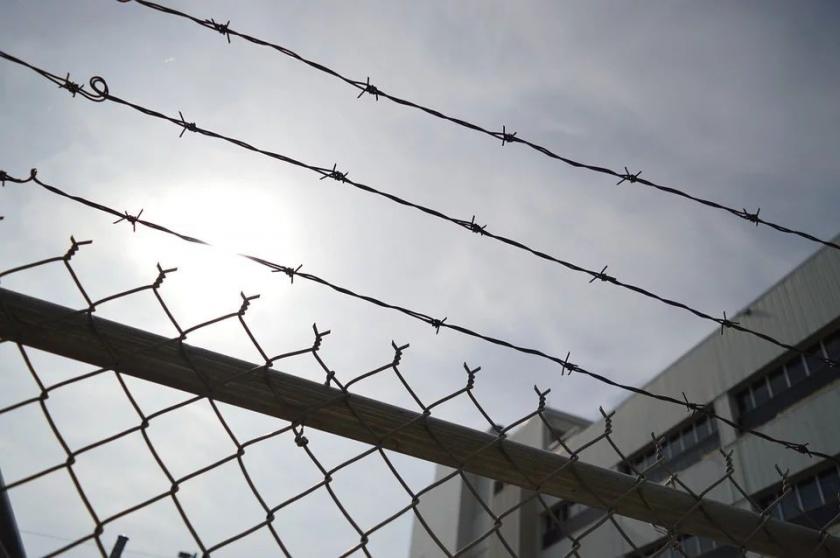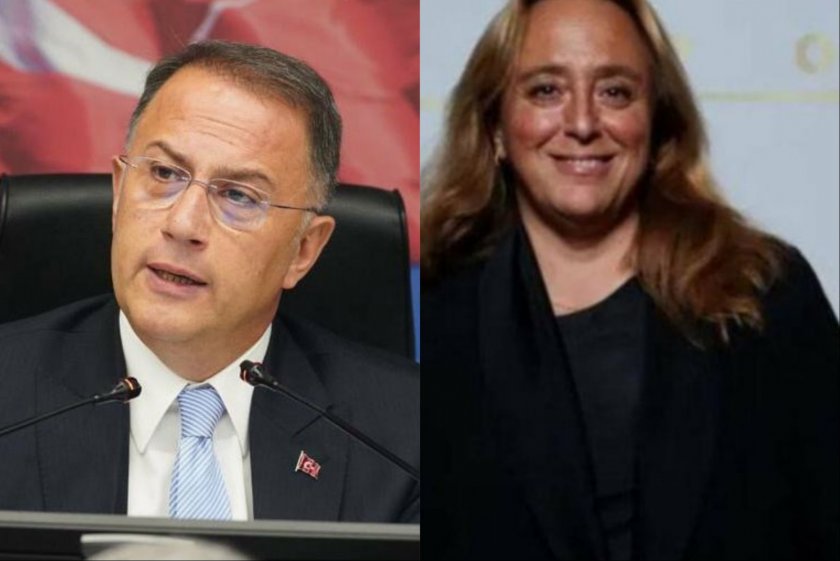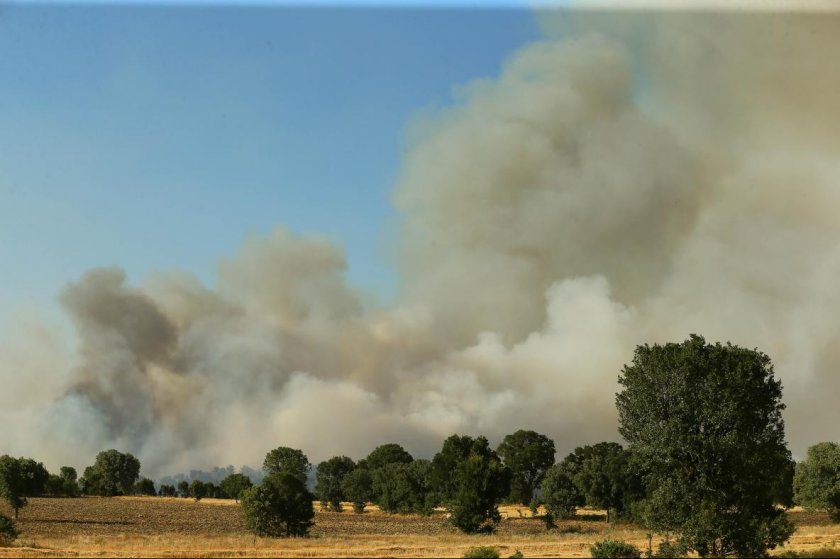7 questions on the 7th anniversary of the 15 July coup attempt
Many questions about the coup attempt led by the Gulenists remain unanswered! The government declared 15 July as "Democracy and National Unity Day", but persistently avoids shedding light on the process.

Fotoğraf: Elif Öztürk/AA
Birkan BULUT
Ankara
Turkey witnessed a coup attempt led by Gulenists on 15 July 2016. 7 years have passed since the coup attempt, which resulted in 251 people losing their lives and more than 2 thousand people being injured, but many questions remain unanswered. The events leading up to 15 July and the political pillar of the coup were left in the dark. We have summarised the process from the Erdoğan-Gülen war to the construction of the one-man rule, in 7 questions.
1. WHICH PATHS DID THE AKP AND THE GULENISTS WALK TOGETHER?
The AKP years have been the most comfortable period for the Gulenists to cadre within the state. Educational institutions, media, tenders and rent sharing, bureaucracy, parliament and the military opened up for the Gulenists. With the Ergenekon and Sledgehammer trials, the Gulenists purged the military and opened a space for themselves. In the referendum in 2010, they changed the structure of the Constitutional Court (AYM) and the High Council of Judges and Prosecutors (HSYK) together with the government. The AKP and the Gulenists, who had been walking and growing together for many years, started to fight openly for the first time during the MIT crisis. The former partners confronted each other in many crises such as the 17-25 December corruption operations and the closure of Gulenist-owned private schools, and their rivalry reached the level of war during the 15 July coup attempt.
2. HOW DID THE COUP ATTEMPT TAKE PLACE?
On 15 July, the first clashes took place in Ankara when the command staff was seized by the coup plotters. In Istanbul, the Bosphorus Bridge and Fatih Sultan Mehmet Bridge were closed to traffic by a group of Gendarmerie General Command soldiers. In the following hours, coup plotters attacked many places such as the Turkish Grand National Assembly, Ankara Security Directorate, Undersecretariat of National Intelligence Organisation, Special Forces Training Centre and Istanbul Metropolitan Municipality with warplanes and helicopters. Tanks landed on the streets. Public tv channle’s live broadcast was interrupted and the announcer read a coup text on behalf of the Peace at Home Council. President Erdoğan, who was in Marmaris during the coup attempt, joined CNN Türk live broadcast via video phone call and called on the people to take to the squares and resist the coup. The number of citizens who took to the streets against the coup all night long increased even more in the morning hours. The coup attempt was suppressed with the operation against the coup plotter soldiers controlling the Bosphorus Bridge and the General Staff Headquarters.3. HOW WERE THE TRIALS CONCLUDED?After the coup attempt, a total of 289 trials and 4 additional trials were held in 58 provinces. The number of files exceeded 400 after the court's transfers and partial reversals at the appeal and Court of Cassation stages. A total of 8,724 people were sentenced in 289 actual coup cases by the courts of first instance across Turkey. 1634 defendants were sentenced to aggravated life imprisonment, 1366 defendants to life imprisonment, 1890 defendants to prison sentences ranging from 1 year 2 months to 20 years, 2 thousand 70 defendants to acquittal, and 964 defendants to non-prosecution. A total of 85 generals were sentenced to aggravated life imprisonment; 24 generals were acquitted.
4. WHY WASN'T THE POLITICAL PILLAR OF THE COUP UNCOVERED?
Despite President Erdoğan's statements that "he learnt about the coup attempt from his brother-in-law", the revelation that a major went to MIT (National Intelligence Organisation) and told them about the coup attempt, revealed that the coup attempt was known in advance. However, many points of the coup attempt, especially questions such as "Was it a controlled coup?" and "Who were the political pillars of the coup?" remained in the dark. The opposition parties' demands for an investigation into the political pillars of the coup were rejected by the ruling party. The long-lasting partnership between the Gulenists and the AKP covered up the responsibility for the coup attempt. On 4 October 2016, the Parliamentary Commission to Investigate the Coup Attempt hastily ended its work after only 4.5 months. Allegations about the main opposition party, CHP's ties with FETÖ (Gulenists) were added to the commission's report at the last minute without informing anyone, and the CHP's opposition commentary was removed. Although the report was presented to the Parliament Speaker İsmail Kahraman, it was not recorded. For this reason, the hasty termination of the work on the report, which was not discussed in the General Assembly of the Grand National Assembly of Turkey, and the fact that many critical names were not heard in the commission drew intense reactions.
5. WHAT DID THE STATE OF EMERGENCY CHANGE IN TURKEY?
The state of emergency was declared on 20 July 2016 and extended 7 times. Those arrested during this period were not only accused of coup attempt or Gülenist organisation. Many groups such as journalists, academics and politicians were penalised by launching a witch hunt. During the 2-year State of Emergency, more than 100 thousand people were dismissed from the public sector. The mandate of the State of Emergency Inquiry Commission established in 2017 ended at the beginning of this year. The Commission accepted only 17,960 out of 127,292 applications and rejected 109,332. 174 media and broadcasting organisations were closed down. 315 journalists, columnists, editors or illustrators were charged with 47 aggravated life sentences, one life imprisonment, 3,34 years and 6 months imprisonment, 4 million 40 thousand TL material or moral damages in all criminal and compensation cases. Decrees issued under the State of Emergency extended to every field from marriage programmes to winter tyres.
6. HOW DID THE COUP ATTEMPT BECOME A FAVOUR FOR THE GOVERNMENT?
The meaning of President Erdoğan's characterisation of the coup attempt as "God's blessing" a few days after the coup attempt, soon became clear. The state of emergency was used as a repressive tool for the government to transform the country in line with its own interests. Four months after the coup attempt, MPs including HDP Co-Chairs Selahattin Demirtaş and Figen Yüksekdağ were arrested. Journalists and human rights defenders were arrested during the period when CHP MP Enis Berberoğlu was also arrested. The government, which launched a witch hunt against all groups opposing the government, took the constitutional amendment that would bring one-man rule to the referendum during the state of emergency. The new system of governance, in which the President was given wide powers and the judiciary was more connected to the Palace, enabled the government to implement many practices that it had not dared to implement before.
7. IS THE STATE IN THE HANDS OF RELIGIOUS ORGANISATIONS?
Although the government spokespersons frequently claimed that "the era of coups is over" after the purging of the Gulenists, the organisation of semi-legal religious-sectarian structures within the state has not been abandoned. After the coup attempt, the Erdoğan administration continued to consolidate its power by establishing relations with other sects, cults and capital circles. The spaces vacated by the Gulenists in the judiciary, police, army and bureaucracy were filled by new stakeholders of power. This sharing, which occasionally led to discussions at the ministerial level, served the accumulation of capital and population of the religious organisations that remained in the background of the Erdoğan-Gülen partnership.








Evrensel'i Takip Et